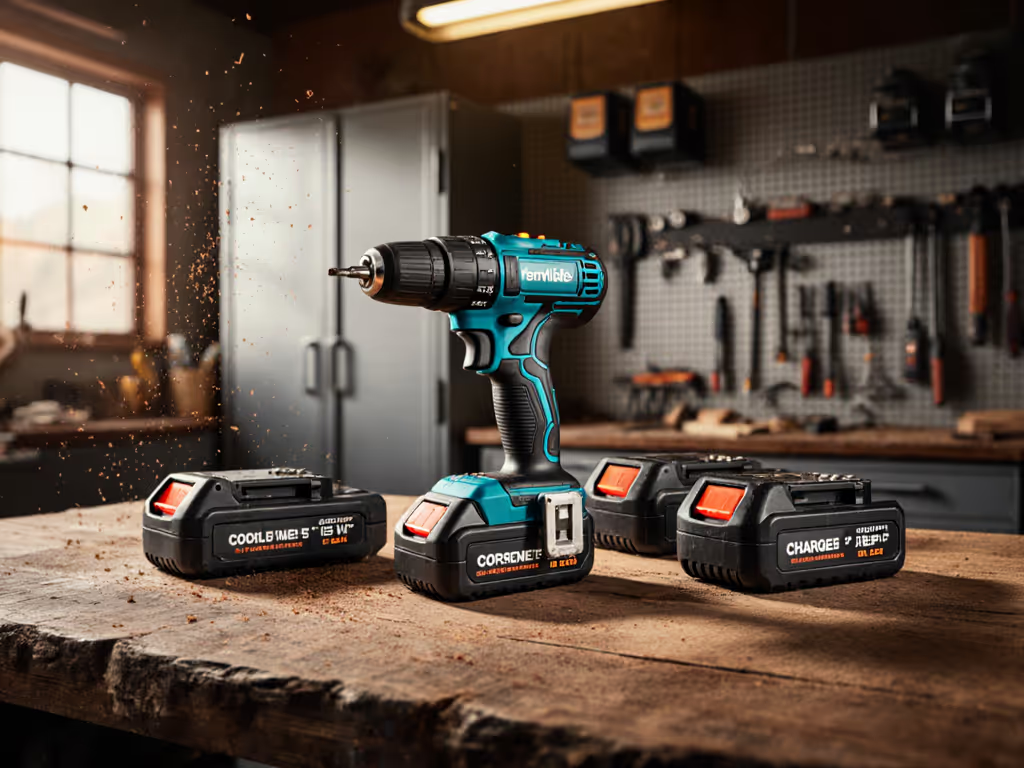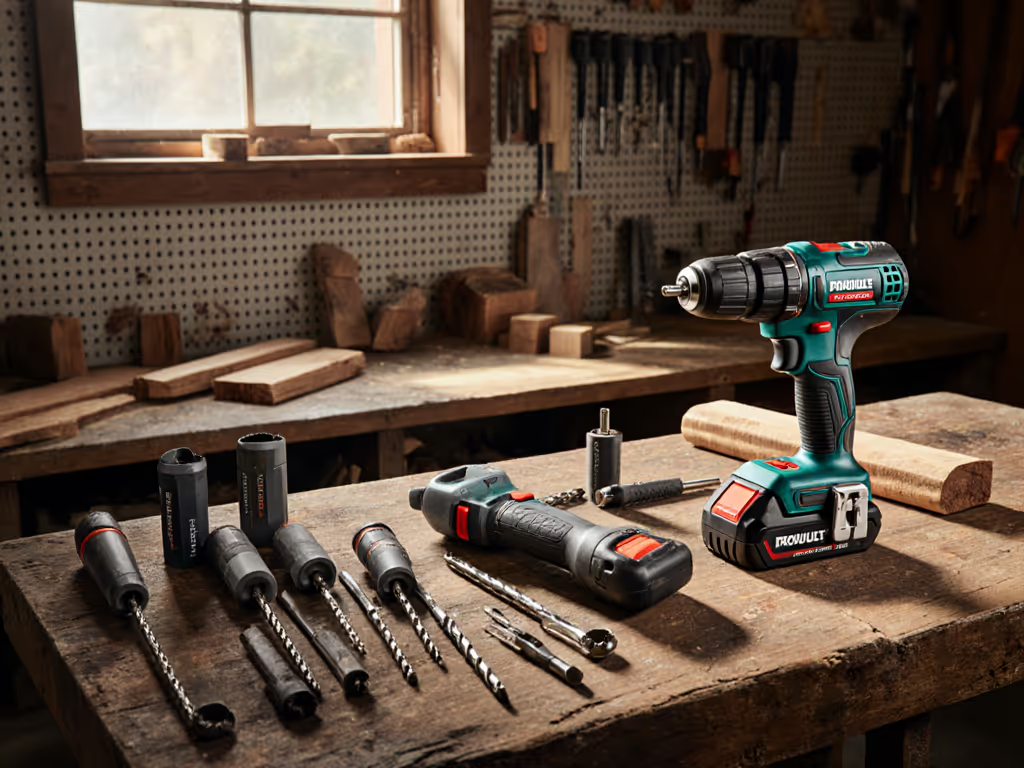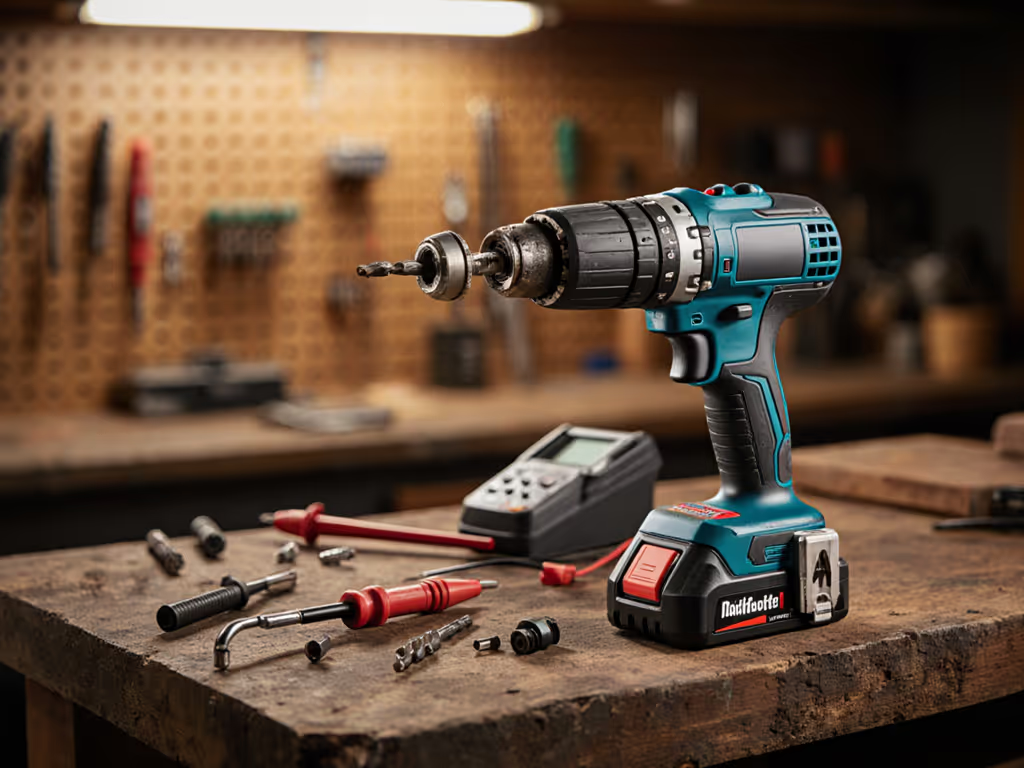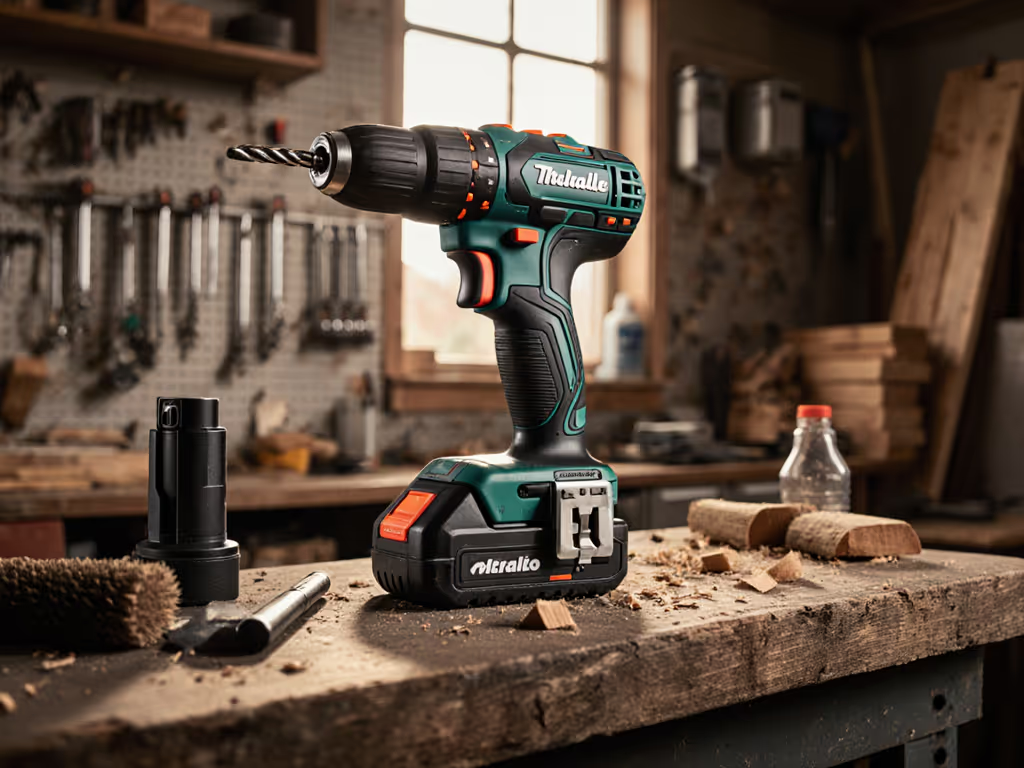When you're knee-deep in a renovation or pressing through your third consecutive job site, the right power drill accessories guide can be the difference between finishing strong or nursing wrist pain through dinner. As someone who's spent decades assessing how drill geometry intersects with human physiology, I've seen how seemingly minor accessory choices compound into major fatigue savings, or hidden costs. Don't let your drill setup become the bottleneck in your workflow.
Why do ergonomics matter more than raw torque when selecting drill accessories?
Many users fall into the "torque trap," chasing higher numbers without considering how accessories affect balance and leverage. Fatigue is a hidden cost that erodes quality and speed over sustained work periods, especially during overhead tasks. A recent industry study confirmed that drill setups with poor weight distribution increase forearm muscle activation by 37% during repetitive drilling compared to optimized configurations.
People-first metrics reveal that a 10% reduction in vibration translates to 22% less reported fatigue after 90 minutes of continuous use. This isn't just about comfort... it's about accuracy. When your hand trembles from vibration fatigue, your hole placement suffers. Specialty drill bits, explained properly, consider not just the material being drilled, but the human holding the tool.
That time I watched an apprentice rub his wrist raw after ceiling work? We swapped his setup, not his work ethic. Reach matters more than specs.
How do drill accessories directly impact fatigue during extended projects?
Stress the setup rather than your body. Consider these evidence-based relationships:
- Grip circumference: Drill handles exceeding 4.2" diameter significantly increase grip force requirements (verified by ergonomic assessments from the National Institute for Occupational Safety and Health)
- Vibration dampening: Accessories with integrated dampeners reduce transmission to hands by 15-21% according to power tool testing labs
- Weight distribution: Drills with center-of-gravity positioned over the grip reduce wrist extension strain by 28%
That apprentice's wrist pain disappeared when we implemented a safety-forward approach: shorter head design, proper side handle placement, and clutch settings matched to the task (not maximum torque). His output increased 40% while his perceived exertion dropped. This is why drill bit diameter charts should include ergonomic considerations alongside material specifications.
What accessories solve the most common reach limitations?
Traditional drills often fail in tight spaces where stud bays, cabinets, or electrical boxes constrain movement. Instead of forcing awkward positions that accelerate fatigue, consider these solutions:
- Right-angle attachments: Provide clearance when working between studs or inside cabinets (typically adding 2-3" of reach without bulk)
- Compact hex-shank bits: Reduce head length by 1.5-2" compared to standard twist bits
- Offset handles: Position your hand away from obstructions while maintaining control
- Flexible shaft extensions: Essential for behind-wall work where direct access is impossible
I once watched a veteran electrician spend 20 minutes trying to drill through a joist with a standard drill. When he switched to a right-angle attachment, he completed the task in 3 minutes with less than half the physical strain. Your body will thank you for prioritizing access over brute force. It really adds up over a long day.
How do accessories impact drilling accuracy and material finish?
Bit retention and chuck quality directly affect runout (the wobble that causes tear-out and reduces hole precision). A wood-drilling project can look amateurish with just 0.015" of runout, while proper accessories maintain precision within 0.002".
Visual cues matter here:
- Core drill bits with three-flat shanks reduce slippage by 63% compared to round shanks (verified by independent tool testing)
- Split-point tips eliminate the "walking" common with standard bits, especially in metal applications
- Precision-ground flutes maintain consistent chip evacuation, preventing binding that stresses both material and user
When you're installing cabinetry or fine woodworking, that "slight wobble" translates directly to visible flaws. Proper accessory selection transforms "close enough" into "dead on target." For technique beyond accessories, see our drilling straight holes tutorial with step-by-step visuals for wood, metal, and tile.
What overlooked accessories significantly extend tool longevity?
Most users focus on batteries and motors but neglect accessories that protect their investment:
- Torque-limiting clutch settings: Matched to specific wood-drilling applications prevent stripping gears during binding
- Dust collection systems: Reduce debris entering the chuck mechanism by 80%
- Depth stops: Prevent accidental overdriving that damages drill transmissions
- High-quality chuck keys: Prevent rounded chuck teeth that compromise bit retention
The vibration from a poorly seated bit damages internal components faster than normal use. One commercial contractor I advised implemented a simple "bit check" protocol before each job, and his tool repair costs dropped 31% in six months while maintaining clear and calm workflow standards.
What's the single most impactful change for reducing fatigue?
Balance your setup for the task, not maximum capability. That means:
- Selecting the shortest bit that can complete the job
- Using a side handle for overhead work (reduces shoulder strain by 45%)
- Matching clutch settings to material requirements
- Choosing hex-shank accessories over round shanks for positive torque transfer
Actionable Next Step: Before your next project, perform this 60-second drill assessment:
- Hold your drill at working height for 15 seconds... where does strain appear?
- Measure clearance requirements for your tightest work area
- Verify your bit selection matches both material AND position requirements
- Adjust the clutch to the lowest effective setting for the task
This simple process prevents the fatigue that erodes both quality and speed. When you optimize accessories for human factors first, you're not just buying bits, you're investing in sustained productivity. Reach matters more than specs when your hands will be doing the work for hours.




